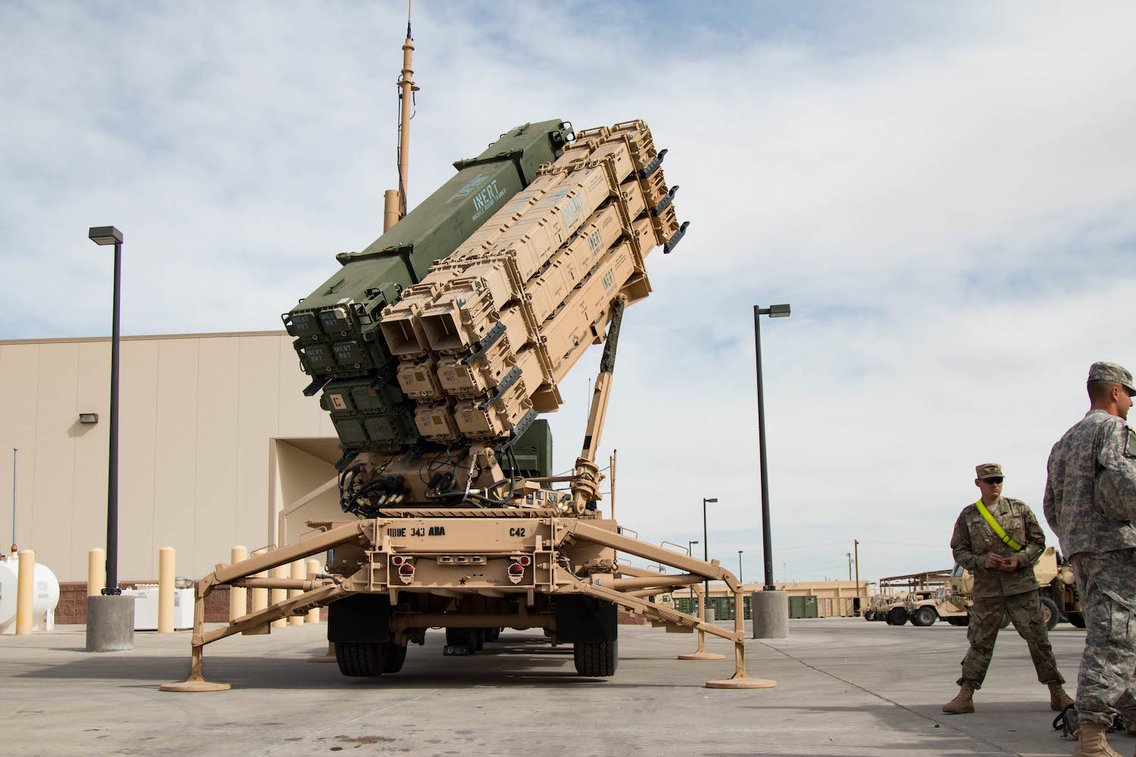From initial "proof of concept" demo in 2020 with first gen #Leonidas High Power Microwave system to fully developing & demonstrating a rugged, deployable #HPM CUAS solution (gen3), Epirus has leaped past established defense primes in supplying operational #HPM systems to the DOD
Epirus leveraged its smart power management experience to focus on Solid State #GaN #HPM which was a deviation from what its competitors delivered. While they missed out on initial competitions, their core tech has far ⬆️ capability & flexibility.
3 generations of #Leonidas 👇
3 generations of #Leonidas 👇

With its #Leonidas solution having evolved from a technology proof of concept system to a ruggedized, higher perf system that was ready for user evaluations, Leonidas was showcased to the US Army's Joint Counter-small Unmanned Aircraft Systems Office during live demonstrations. 

Earlier this year, the US Army selected Epirus's Gallium Nitride powered #Leonidas solution over six other #HPM systems it evaluated for its Indirect Fire Protection Capability's HPM layer. The $66 MM contract funds the first four systems which to be delivered this year. 

The inherent scalability of the #Leonidas design allows it to be adapted across multiple applications. Epirus has leveraged its basic LRAM building blocks to build a pod mounted Leonidas solution, and has integrated its Leonidas array on the Stryker to support maneuver forces. 

While Leonidas is directed towards the Counter small UAS mission, the scalability of the design allows for it to grow in size, power and performance. Presently, the USAF's #CHIMERA is the only known program focusing on longer ranged #HPM engagements of more stressing threats. 

• • •
Missing some Tweet in this thread? You can try to
force a refresh

 Read on Twitter
Read on Twitter



















